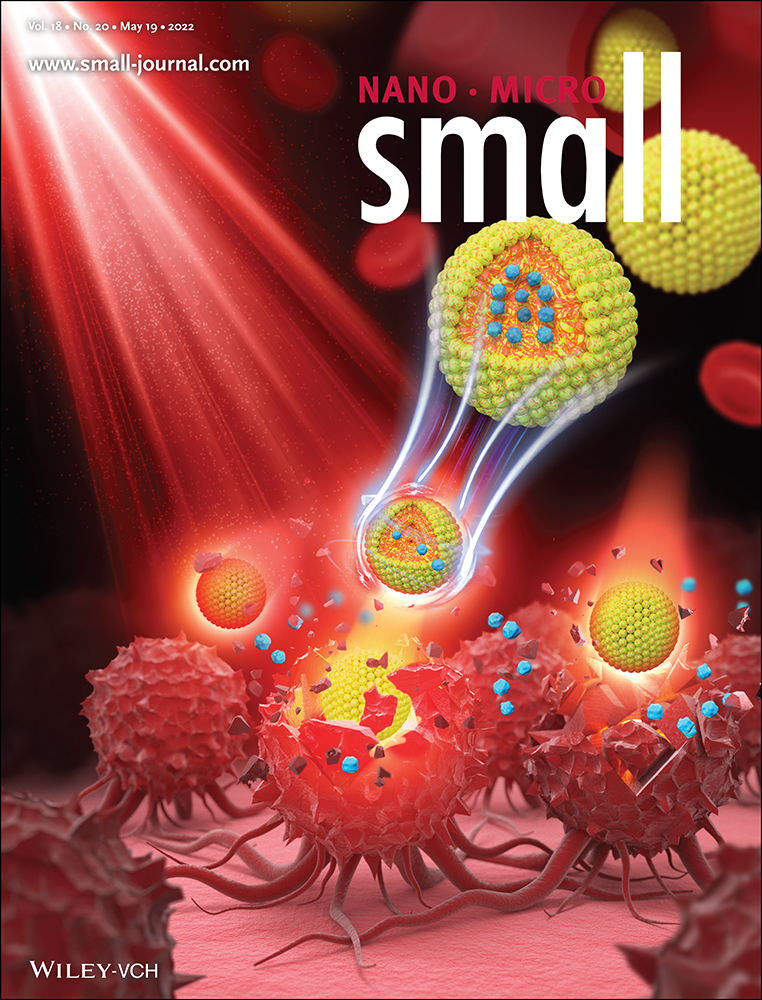Supramolecular Core–Shell Nanoassemblies with Tumor Microenvironment-Triggered Size and Structure Switch for Improved Photothermal Therapy
Dedicated to the 120th anniversary of Yangzhou University
Abstract
Photothermal therapy (PTT) is demonstrated to be an effective methodology for cancer treatment. However, the relatively low photothermal conversion efficiency, limited tumor accumulation, and penetration still remain to be challenging issues that hinder the clinical application of PTT. Herein, the core–shell hierarchical nanostructures induced by host–guest interaction between water-soluble pillar[5]arene (WP5) and polyethylene glycol-modified aniline tetramer (TAPEG) are constructed. The pH-responsive performance endows the core–shell nanostructures with size switchable property, with an average diameter of 200 nm in the neutral pH and 60 nm in the acidic microenvironment, which facilitates not only tumor accumulation but also tumor penetration. Moreover, the structure switch of WP5⊃TAPEG under acidic microenvironment and the dual mechanism regulated extending of п conjugate, inclusion in the hydrophobic cavity of WP5 and the dense distribution in the core–shell structured assemblies, dramatically enhance the absorption in the near-infrared-II region and, further, the photothermal conversion efficiency (60.2%). The as-designed intelligent nanoplatform is demonstrated for improved antitumor efficacy via PTT.
Conflict of Interest
The authors declare no conflict of interest.
Open Research
Data Availability Statement
The data that support the findings of this study are available from the corresponding author upon reasonable request.




